
3 min read
Blueprints for Wellness: Lifestyle Habits from the Blue Zones
WLLW dives into the Blue Zones, exploring how you can incorporate the lifestyle habits of those who live there for a longer, healthier life.
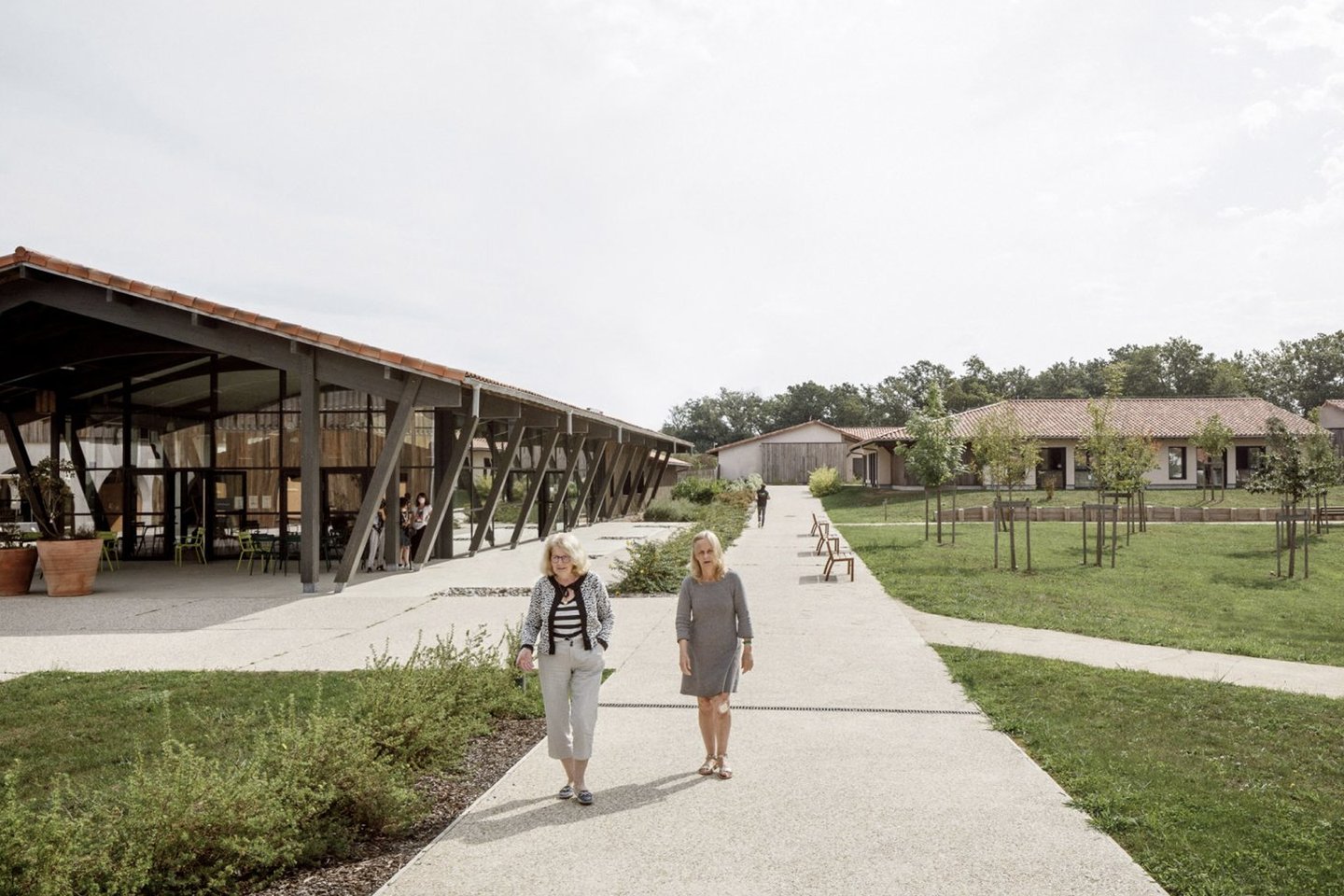
4 min read
Investigating innovative design solutions for the growing needs of an aging population in later living communities.
The demographics of society in the US have been shifting over the past decades. As the Baby Boomer generation reaches retirement age, we are on the cusp of a complex phenomenon in which the median age of the population is higher than it has ever been. Over 17 percent of citizens are over 65 years of age, a figure expected to rise to 23 percent by 2050. 6.1 percent of the over 65s currently live in retirement communities in the USA. This figure is set to double by 2030, with the development of these communities increasing steadily. From a design and construction perspective, this cohort is broadly underserved, and as such there is a call for creative solutions that contribute to residents’ wellbeing.
Older adults may face various challenges within the home, which are the considerations that have led to the need to design better spaces. They may be at risk of falls – particularly in the bathroom – due to decreased mobility, balance issues or vision problems. These individuals often take multiple medications, which can lead to confusion or errors in dosage if not managed properly. Cognitive decline or physical limitations may make it challenging to safely operate kitchen appliances or handle hot items. They may also be more vulnerable to home invasion or financial exploitation. Lastly, senior citizens who live alone may experience social isolation, which can negatively impact their mental and emotional wellbeing. Limited social interaction and support networks can lead to feelings of loneliness, depression and anxiety which in turn have negative health consequences.
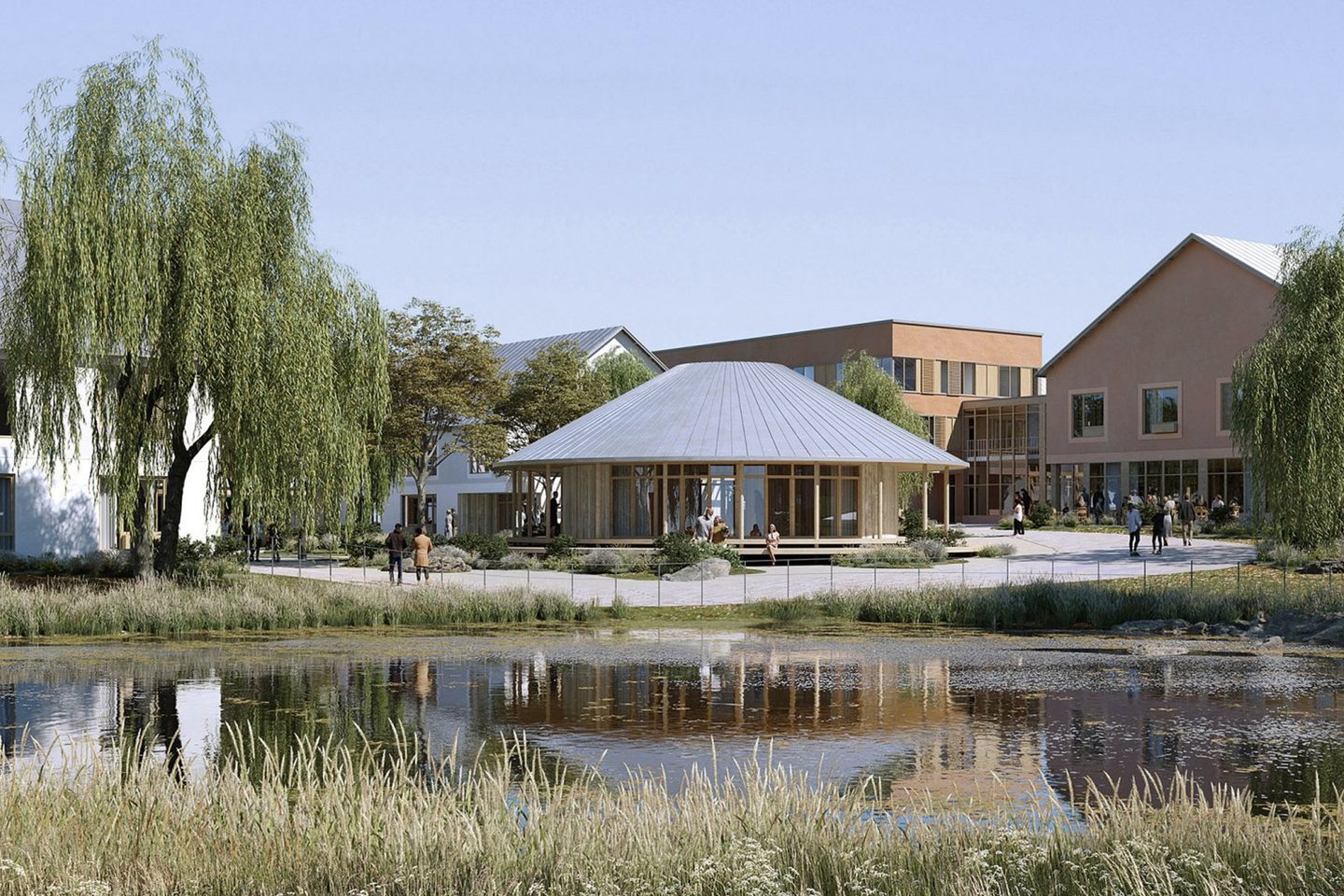
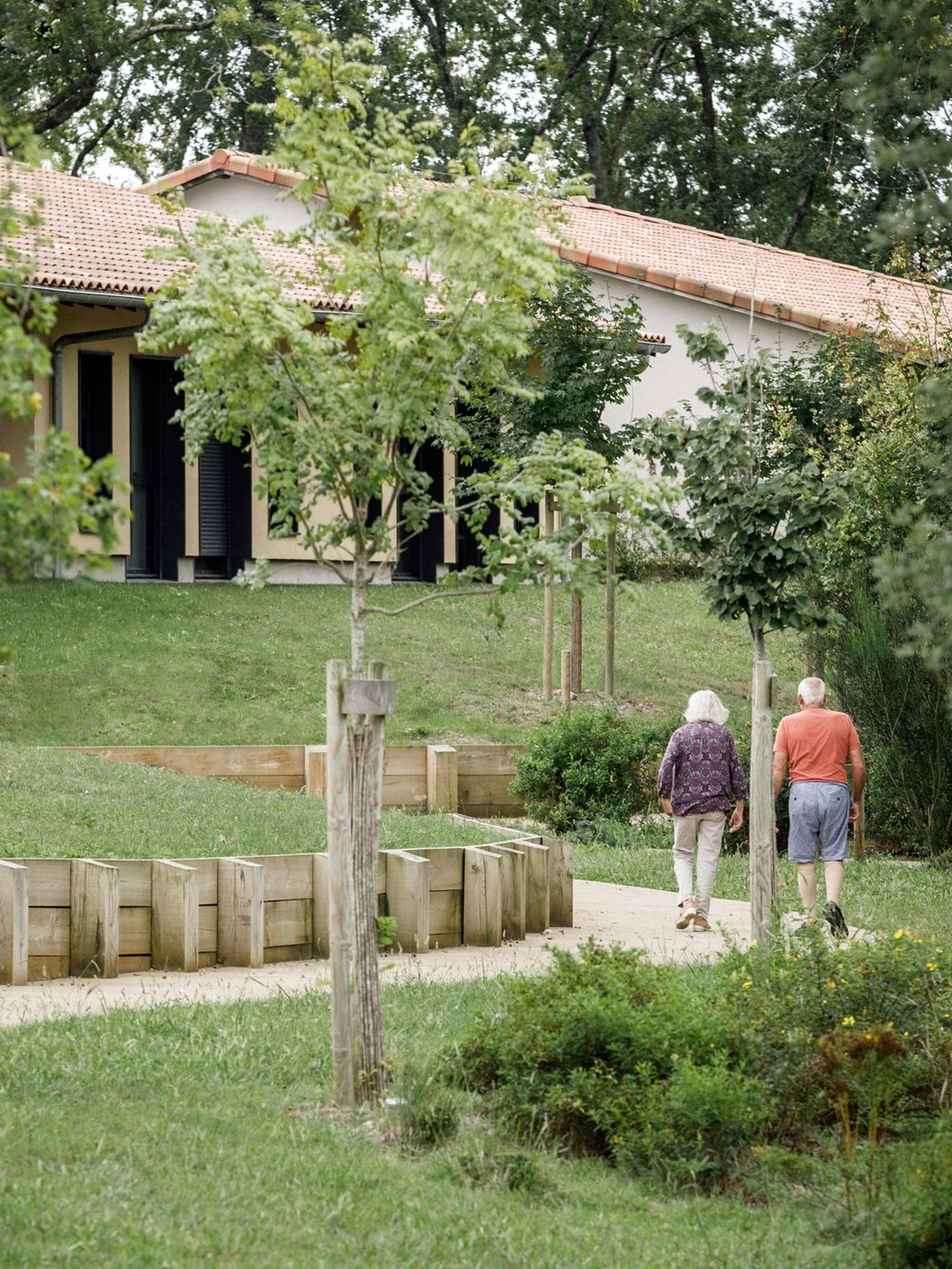

More than 80 percent of assisted living communities are for-profit. However, nonprofit communities continue to gain market share. Nonprofit communities are often smaller and tend to have higher occupancy rates but fewer amenities than their larger competitors. Assisted living costs have risen starkly over the past two decades – by 2030 the national median cost of monthly care is estimated to be $5,779, and it may reach $7,776 by 2040. Despite the sector’s growth, research into effective later living community design is still sparse.
"Steps taken now to create forever homes with accessible facilities including level access, wide doors and hallways, and an accessible bathroom and kitchen that can adapt with age, will significantly increase the likelihood of being able to stay in a community long term."
Ed Warner, CEO of Motionspot
Whichever end of the spectrum they fall on, a salient feature of the design of these residences is for them to be future-proof so that they can accommodate the changing needs of those who inhabit them. Ed Warner, CEO of inclusive design company Motionspot, says, “age related physical, sensory and cognitive impairments, such as dementia and changes to perception, are unappealing prospects. However, steps taken now to create forever homes with accessible facilities including level access, wide doors and hallways, and an accessible bathroom and kitchen that can adapt with age, will significantly increase the likelihood of being able to stay in a community long term.”


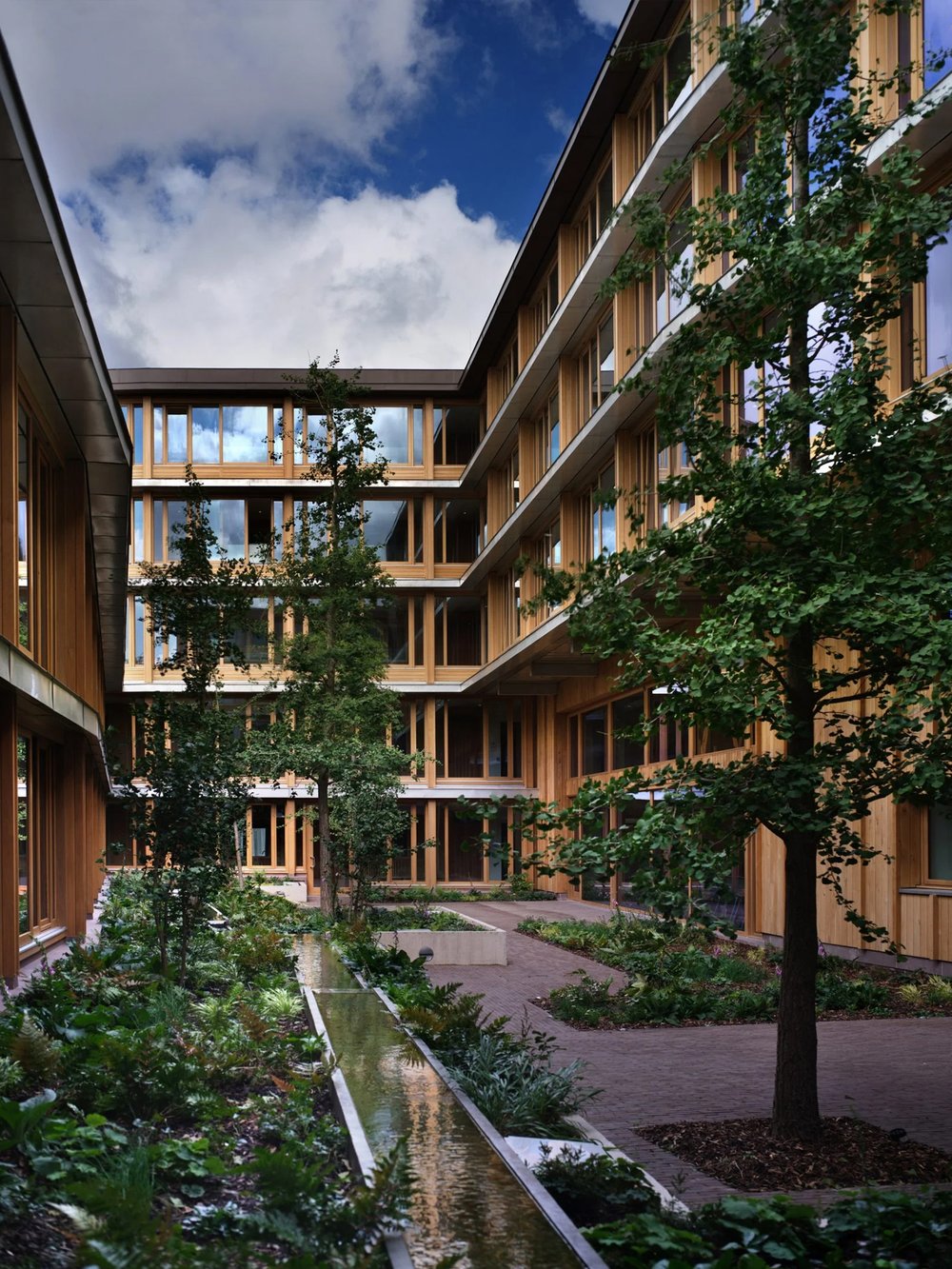
There are several steps developers and operators can take to improve health and wellbeing within later living communities. The design must support people to live well, promote physical activity and maintain independent living skills. Inclusive design focuses on individuals with dementia, spanning from early to later stages, who may, for example, experience difficulty distinguishing between the floor and walls. Sensitive design principles that prioritize visual clarity and navigation are important to consider. This involves selecting products and finishes with strong contrasts, opting for matte instead of glossy tiles, and strategically placing mirrors to prevent disorienting reflections.
The concept of ‘healing architecture’, as espoused by the Maggie’s Centre cancer facilities, offers a blueprint for how design can impact residents and enable person-centered care. Their buildings illustrate how they themselves can be therapeutic – supporting care and instilling a sense of belonging. Developers and operators should consider the following principles:

As the population continues to age, the demand for later living communities is on the rise. However, ensuring these communities effectively support the health and wellbeing of older adults requires thoughtful design considerations. From promoting physical activity and independent living skills to addressing the unique needs of individuals with dementia, inclusive design principles play a crucial role. By creating spaces that are accessible, comfortable and socially engaging, developers can enhance residents’ quality of life and foster a sense of belonging. Incorporating technological features, flexible layouts and attention to small details further contributes to creating environments that promote safety, convenience and connectivity. Thus, later living community design can truly make a positive impact on the lives of older adults.

Photography: 11h45, Nord Architects, Sangberg Architects, Philip Vile, Bruce Damonte, Jack Hobhouse

3 min read
WLLW dives into the Blue Zones, exploring how you can incorporate the lifestyle habits of those who live there for a longer, healthier life.
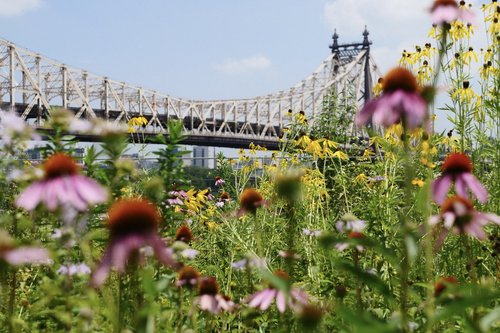
4 min read
WLLW delves into the science behind the positive health impacts of gardening, explores its role in strengthening community bonds and provides practical tips for those looking to cultivate their own garden sanctuary.